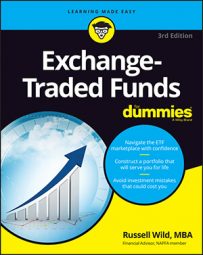If you were standing on a ship in the middle of the ocean, and you looked up and squinted real hard, you would see ETF investment dollars sailing overhead.
For at least a decade now, U.S. fund investors have been steadily adding money to the international side of their stock portfolios. According to figures from the Investment Company Institute, the average U.S. investor in 2001 had but 13 percent of his or her equity portfolio allocated to foreign stocks; today, that figure is 27 percent.
Just to be clear: The terms foreign and international are used interchangeably to refer to stocks of companies outside of the United States. The word global refers to stocks of companies based anywhere in the whole world, including the United States.
Many investors have been moving to foreign stocks for the same reason that they move, moth-into-light style, into any other kind of investment: They’ve been lured by recent high returns, especially the returns of emerging market nation stocks.
As of mid-2011, the 10-year annualized return of the U.S. stock market stood at about 4 percent. In sharp contrast, stocks of the world’s emerging market nations clocked in with a rather astounding 16 percent per year for the past decade.
Developed nations in the Pacific Rim (Japan, Australia, Singapore) more or less matched the United States for the decade. European stocks (including the United Kingdom), despite some sharp recent losses due largely to a debt mess in Greece and Portugal, showed an average return of about 6 percent.
In the past, most Americans were woefully under-invested abroad, so the recent turn could be a good thing. It’s good that most investors have finally started to send their dollars abroad — even if some of them are doing it, by and large, for the wrong reason.

